A Simple Honey Roast Gammon with vegetables is a popular roast dinner and here I'll walk you through the entire meal with all the timings including what to serve with it. I'll also show you how to boil or roast your gammon joint with a nice honey glaze, or a combination of both, making sure the entire meal is ready on time.
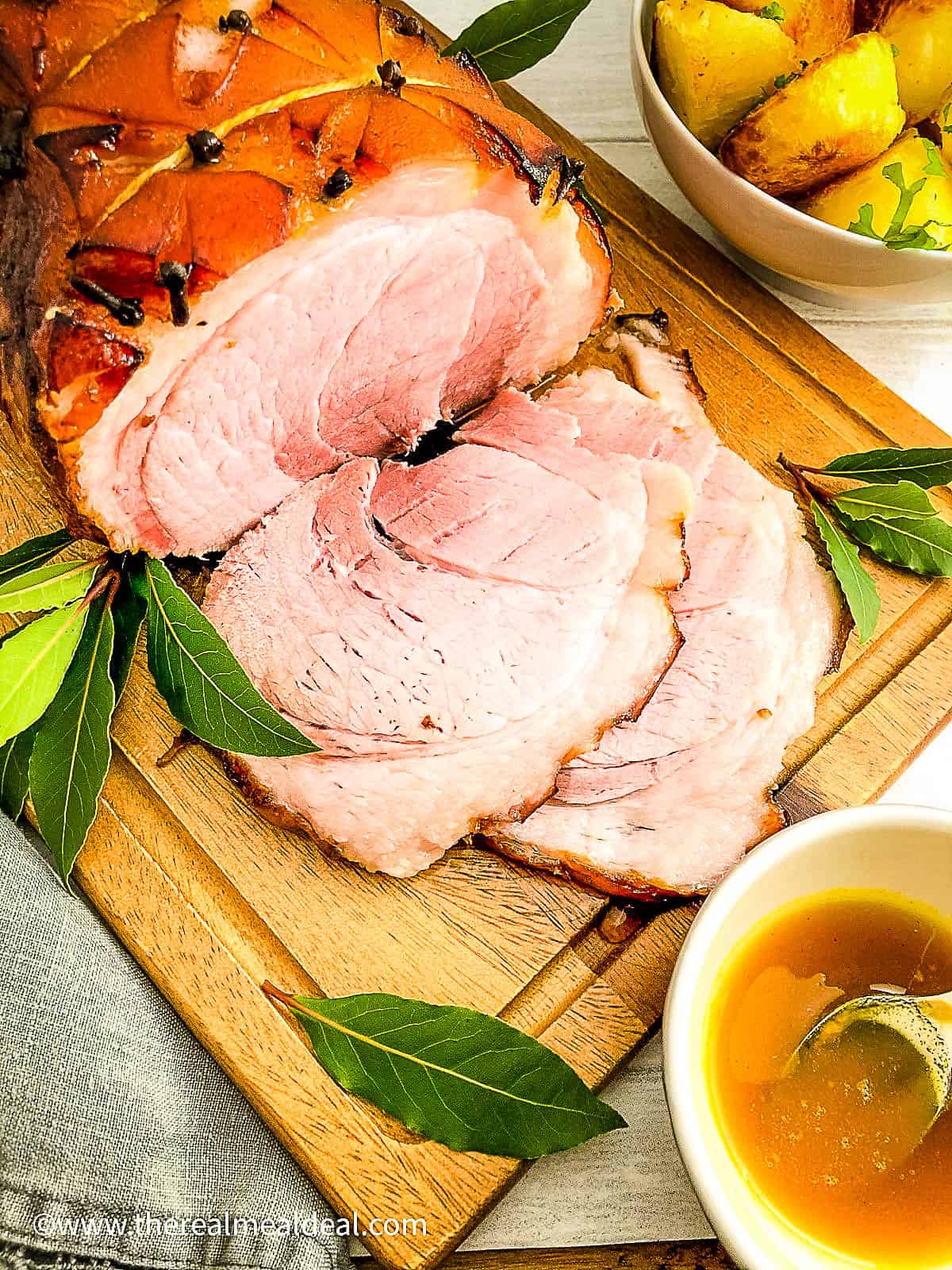
Jump to:
How to Cook a Gammon Joint
You can cook a gammon joint by boiling it or by a combination of boiling and roasting in the oven. If you're roasting it, then you can glaze it with for example a honey and mustard glaze. Glazing your gammon joint not only adds lovely extra flavour, it also helps to keep your gammon joint moist. Scoring the skin and adding cloves as in the image above, adds a sweet spicy flavour and also looks impressive.
Gammon Joint Cooking Time Calculator
To calculate the cooking time for your gammon joint, weigh it then use the calculation below. Remember once your gammon joint is cooked, you should also let it rest for at least 20 minutes.
20 minutes for each 450-500g/1lb PLUS an extra 20 minutes.
Boiling Gammon
Boiling a gammon joint is the easiest way to cook it. Place the joint in a large pan and cover it with cold water. Bring it to the boil then simmer for the remainder of the cooking time. If you want to finish your gammon off in the oven by roasting it, boil it for just half the cooking time. You can add some flavour to the water if you like such as cloves, cinnamon or bay leaves which will infuse the meat.
Roasting Gammon
To roast your gammon joint, boil it for just half the cooking time. Remove it from the oven, place in a foil-lined roasting tin. Cover loosely with foil.
Bake for the remaining cooking time at 180C/fan 160C/gas 4. Twenty to thirty minutes before the end of cooking time, increase the oven temperature to 220°C/425°F/ gas mark 7. Remove the joint from the oven. Peel off the skin from the gammon joint leaving behind a layer of fat. Score the fat in a criss cross pattern to make diamond shapes about 2cm width. Brush the fat generously with the honey and mustard glaze. You can also place a clove in each "X" where you have scored the fat. Place it back in the oven, uncovered.
Once the gammon is cooked, remove it from the oven, cover it again with foil to keep it warm and leave it for 20 minutes. Resting joints allows the meat juices time to redistribute and ensures the gammon is nice and moist.
What to Serve with Gammon
Gammon is a great roast and goes well with a large variety of vegetables Choose two or three alongside potatoes. I would always serve it with roast potatoes, but you could use other potatoes such as baked or mashed if you like. Try to use vegetables in season and include something green or the dinner will look bland. Other vegetable suggestions include carrots, red cabbage and roast parnips. Put the roast parsnips in the same tray as the potatoes. Leeks in a cheese sauce or 'Cheesy Leeks' as my kids call them are good for adding a sauce, particularly if you're not having gravy as well. Peas Pudding, which is made from yellow split peas is something that is traditionally served with Roast Gammon or ham. Make this yourself, or buy it in a tin. Table sauces that go well with roast gammon include mustard, apple sauce or cranberry sauce.
How to prepare the entire meal
Gather all your ingredients and choose a few vegetables alongside potatoes. I've gone for carrots and green cabbage to give some colour to the plate. Weigh your joint and calculate the cooking time using the guide above. Add on an extra 20 minutes resting time for the meat. Decide what time you'd like to eat and work back from there. When you're ready to start, just follow the guide below for all your timings.
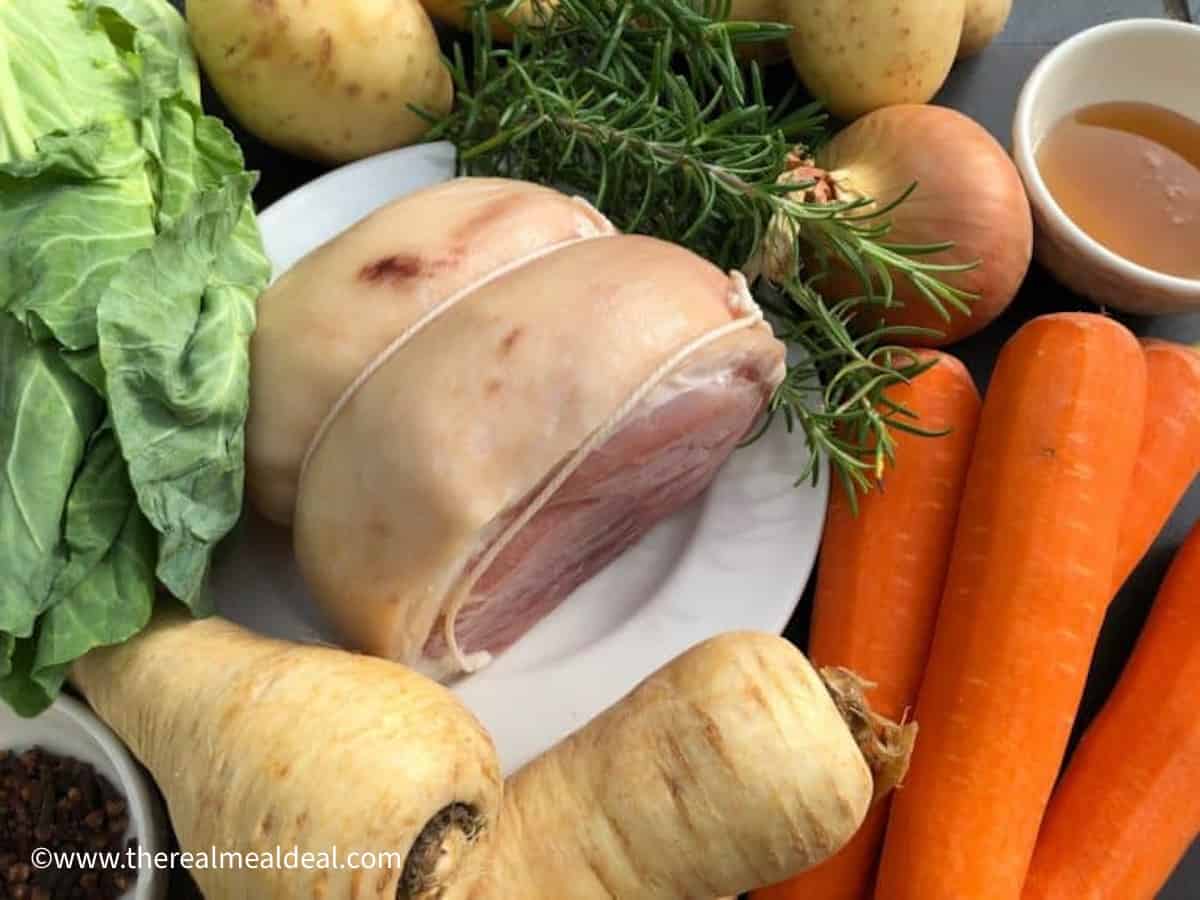
Place your gammon joint in a large pan of cold water along with some cloves and bay leaves. Bring to a boil and simmer for half the cooking time if you also want to roast it. If you just want to cook your joint by boiling it, just follow the instructions below for the vegetables.
Pre-heat the oven to 180°C/350°F/gas mark 4. Tear off 2 large pieces of tin foil and arrange one lengthways and one width ways in a roasting tin. Once you have half cooked your gammon, remove it from the pan and place in the roasting tin with the onion. Bring up the sides of the foil laid width ways and fold the top together to form a seal, keeping the foil loose around the gammon so air can circulate. Do the same with the piece laid lengthways. Place in the oven to cook for the remaining cooking time. We'll add the honey glaze and some cloves for the last 20 minutes of roasting time.
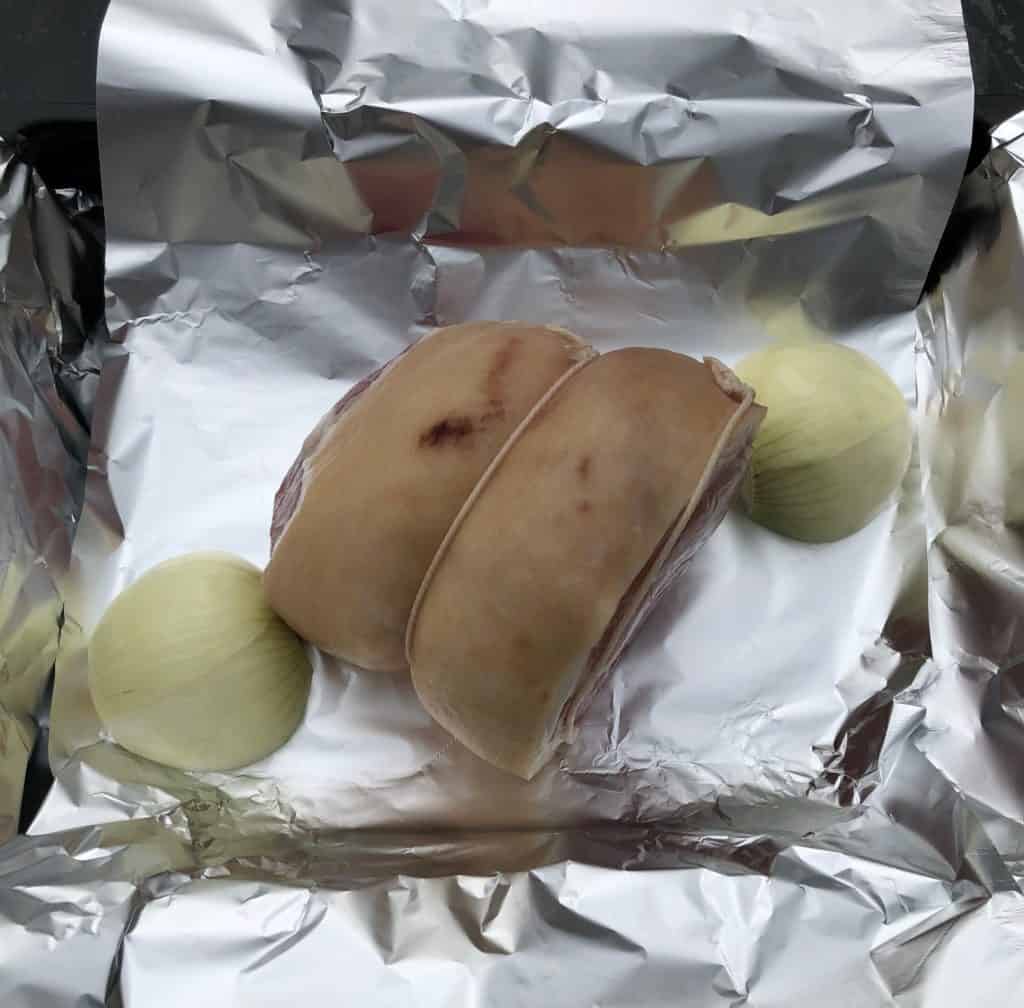
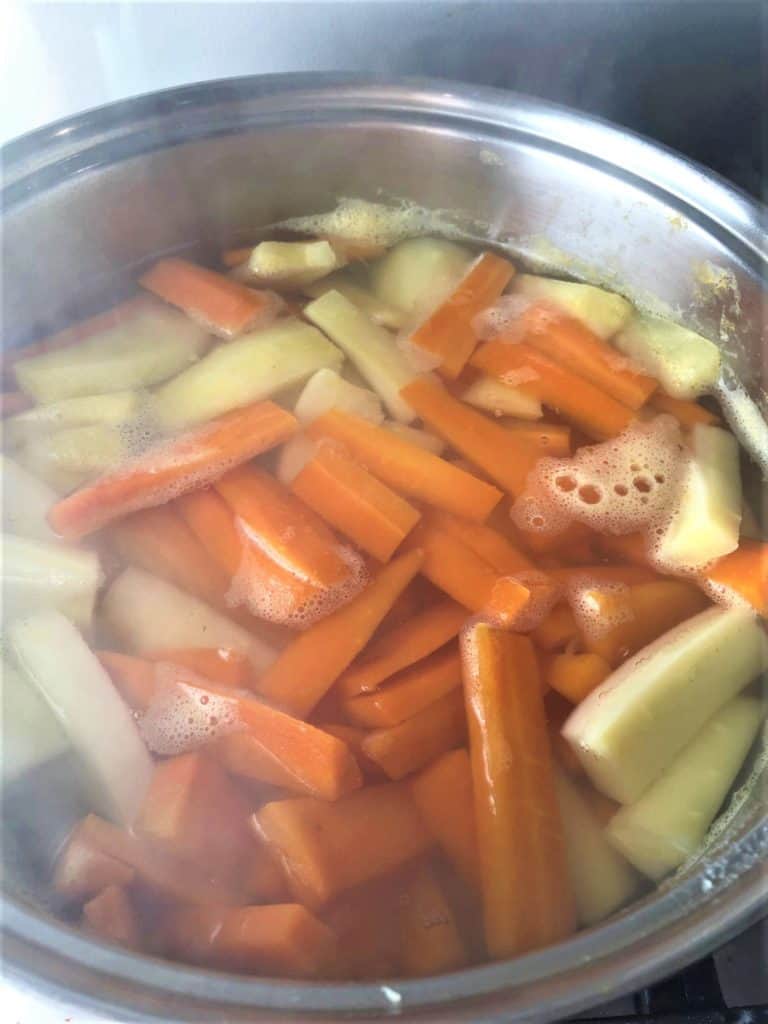
Moving on to the vegetables. Bring a large pan of lightly salted water to the boil and add the potatoes. Bring the pan back to the boil and cook for 5 minutes. Add the parsnips and carrots and boil for a further 4 minutes, then drain everything through a colander.
45 Minutes Before Eating
Add the oil to a roasting tin and toss the potatoes, carrots and parsnips to coat in the oil. Add the rosemary and a pinch of salt and pepper. Make sure the vegetables are lying in a single layer so they roast properly. Put the tray in the oven.
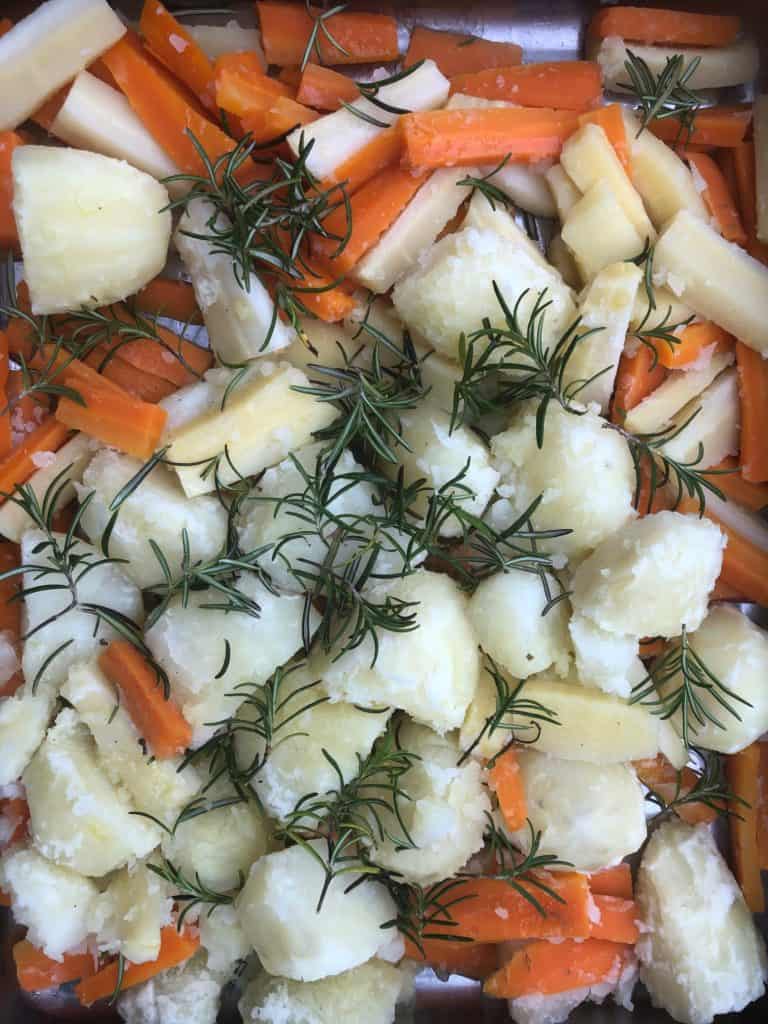
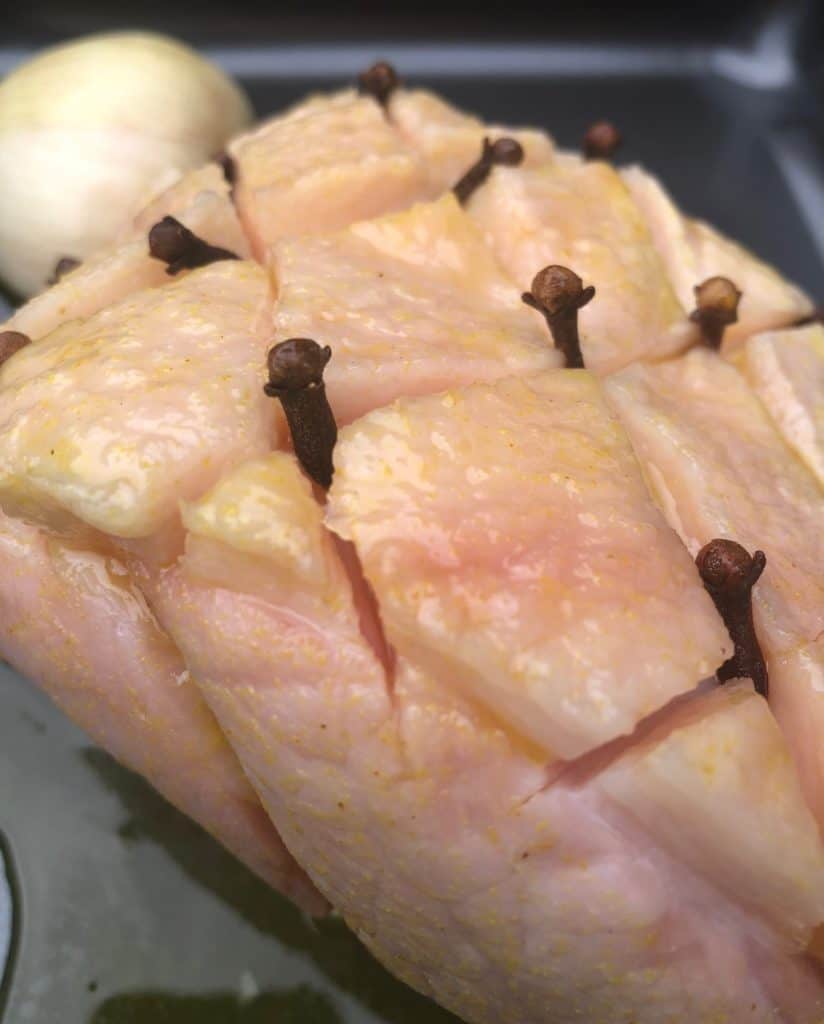
40 Minutes Before Eating
Remove the gammon from the oven and increase the oven temperature to 220°C/425°F/ gas mark 7. Peel off the skin from the gammon joint leaving behind a layer of fat. Score the fat in a diamond pattern, taking care not to cut into the meat. Mix the honey & mustard and spread all over the joint then push a clove into the centre of each "X". Return the joint to the oven for 20 - 30 minutes until it is golden on top.
20 Minutes Before Eating
Remove the gammon, cover it with the foil and leave it to rest on a carving tray for 20 minutes until the rest of the dinner is ready.
15 Minutes Before Eating -making the gravy
A Roast Gammon joint doesn't provide much in the way of meat juices for making a gravy, but we can still make a delicious homemade gravy. In a pan, melt 1 tablespoon of butter and stir in 1 tablespoon of plain flour. This will make a paste which is used to thicken the gravy. Dissolve a stock cube in 300ml of boiling water and slowly add to the gravy paste stirring all the time. I like to use a beef stock cube as I find it gives the best flavour and also colour. If you like, you can add a little port or red wine but this is optional. Keep stirring your gravy until it thickens. Taste your gravy and check you are happy with the flavour. Add a dash of salt or pepper if necessary. To make your gravy gluten free, use Cornflour instead of plain flour.
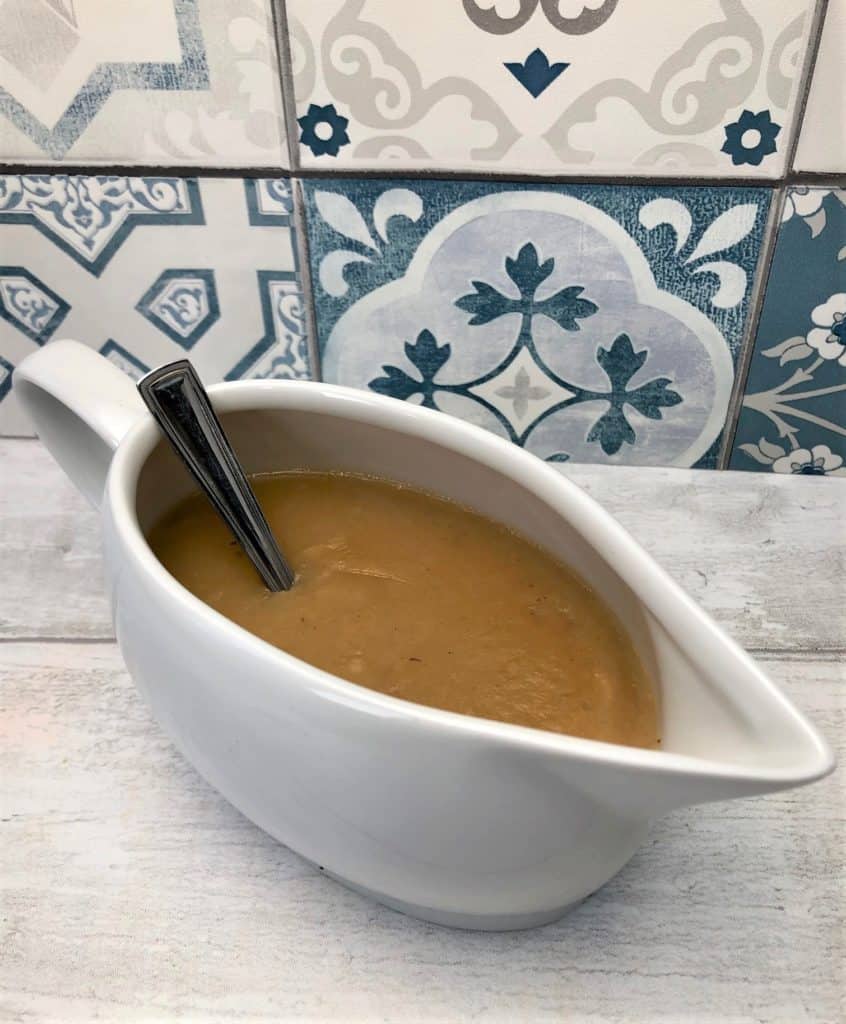
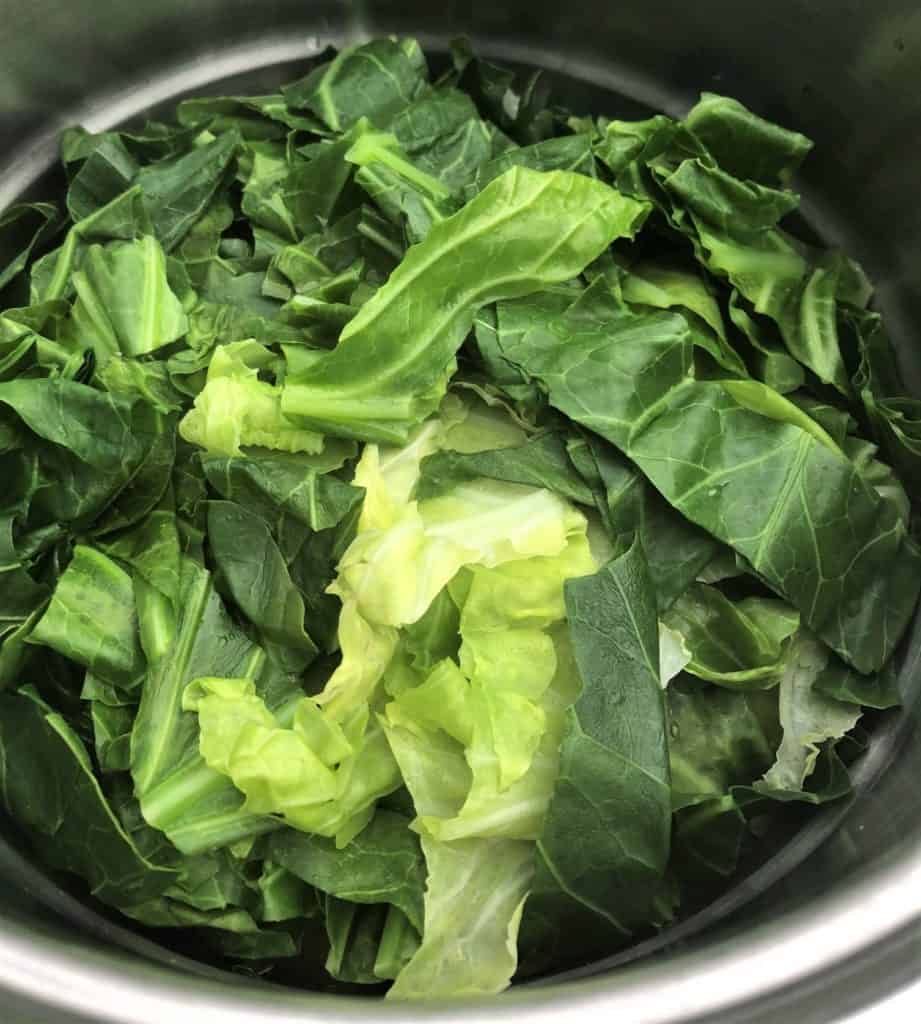
10 Minutes Before Eating
Put the cabbage on to steam . Pour about 3cm deep of water in the bottom of a pan and bring to the boil. Place the colander or steamer over the top, cover with a lid and steam for 5 minutes.
5 Minutes Before Eating
Carve the meat and serve with all the vegetables.
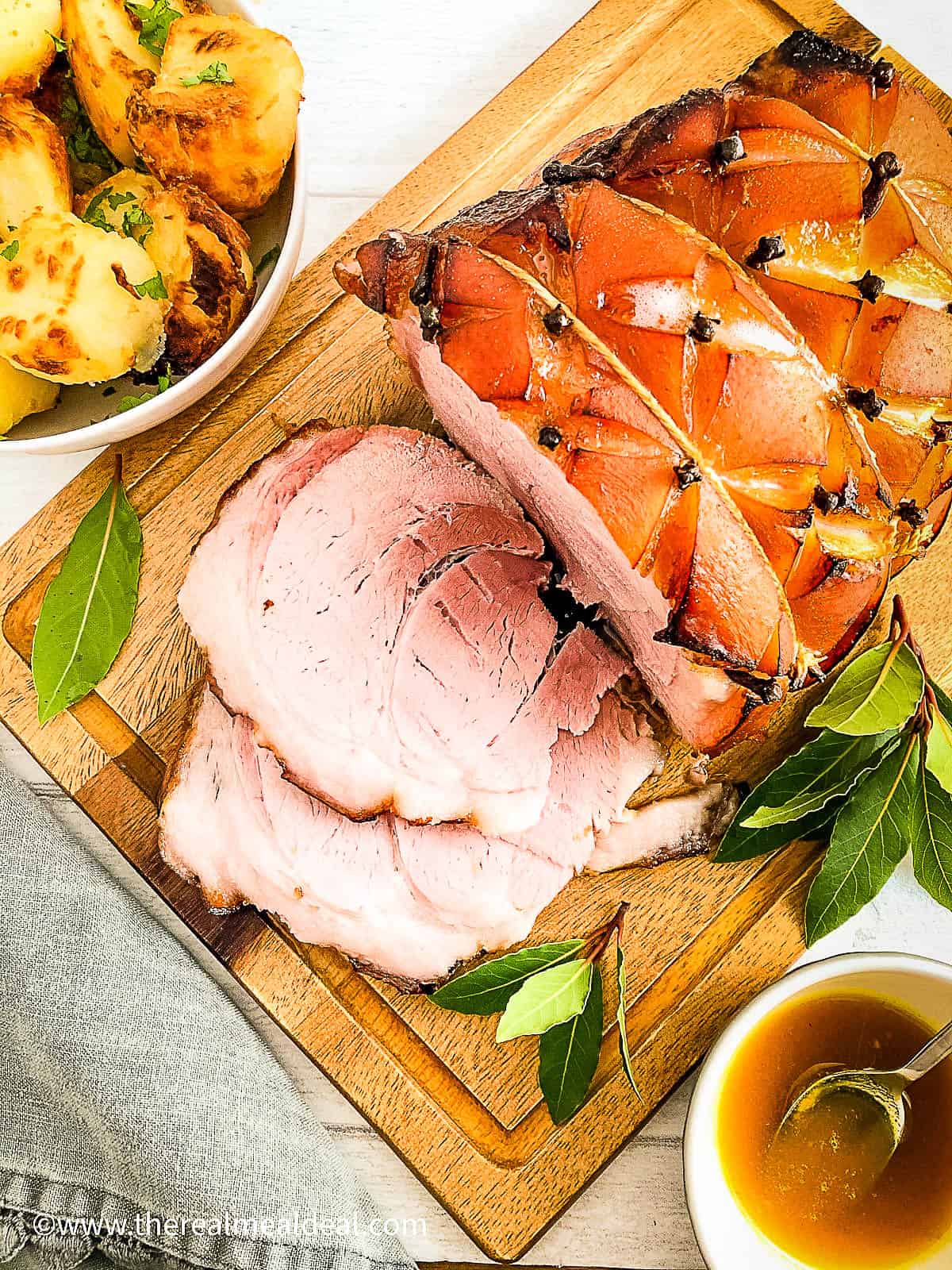
Leftover Gammon Recipes
My kids love it when we have gammon because it means we can have Spaghetti Carbonara the next day! This is a great way to use up any leftover gammon. If you haven't quite got enough, just add in some bacon. To use up any leftover vegetables, why not try a Soup? If you have just a small amount of gammon left, you can use it in a Quiche? Quiches are great for using up small amounts of leftovers. If you're in a hurry, try a Crustless Quiche
Sustainability
Try to buy your gammon joint from your local butcher or farm. This not only reduces food miles, but you invariably get a good quality, high animal welfare joint. You may be able to buy an organic gammon joint. On organic farms, animals are truly free range with plenty of space to graze and forage. The standards also mean more space per animal, plus high standards of feed and bedding and no routine use of antibiotics. The animals' organic feed cannot contain animal by-products, antibiotics or genetically engineered grains and cannot be grown using persistent pesticides or chemical fertilizers. The Soil Association has more information on what organic meat means.
Storage
Cooked gammon will keep in the fridge for 3 - 4 days. You can also freeze it. Slice the remaining gammon and seperate each slice with some greaseproof paper so you can use it as you need it. It will freeze for 3 - 4 months. After this time, it will still be safe to eat, but the texture may have deteriorated a little.
📖 Recipe
Simple Honey Roast Gammon
Ingredients
- 1.25 kg gammon joint organic
- 1 onion organic, peeled and halved
- 900 g potatoes organic, such as Desiree, King Edward or Maris Piper, peeled & cut egg size
- 4 carrots organic, peeled and cut into sticks
- 4 parsnips organic, peeled and cut into sticks
- 4 tablespoon olive oil organic, fairtrade
- 3 sprigs fresh rosemary organic, leaves only
- 20 cloves organic, fairtrade
- 2 teaspoon English mustard organic
- 2 tablespoon runny honey organic
- 300 g green cabbage organic or other seasonal green veg
The Gravy
- 1 tablespoon butter
- 1 tablespoon plain flour use Cornflour for gluten free
- 300 ml beef stock
Instructions
- Calculate the cooking time based on the instructions at the bottom of the recipe card. Place your gammon joint in a large pan of cold water along with some cloves and bay leaves. Bring to a boil and simmer for half the cooking time.
- Pre-heat the oven to 180°C/350°F/gas mark 4. Tear off 2 large pieces of tin foil and arrange one lengthways and one width ways in a roasting tin. Place the gammon joint in the roasting tin with the onion. Bring up the sides of the foil laid width ways and fold the top together to form a seal, keeping the foil loose around the gammon joint so air can circulate. Do the same with the piece laid lengthways. Place the joint in the oven for remainder of the cooking time.
- Bring a large pan of lightly salted water to the boil and add the potatoes. Bring the pan back to the boil and cook for 5 minutes. Add the parsnips and carrots and boil for a further 4 minutes, then drain everything through a colander.
45 Minutes before eating
- Add the oil to a roasting tin and toss the potatoes, carrots and parsnips to coat in the oil. Add the rosemary and a pinch of salt and pepper. Make sure the vegetables are lying in a single layer so they roast properly. Put the tray in the oven.
40 minutes before eating
- Remove the gammon joint and increase the oven temperature to 220°C/425°F/ gas mark 7. Peel off the skin from the gammon joint using a sharp knife and leaving behind a layer of fat. Score the fat in a diamond pattern, taking care not to cut into the meat. Mix the honey & mustard and spread all over the joint. Push a clove into the centre of each "X". Return the joint to the oven for 30 minutes until it is golden on top.
20 minutes before eating
- Remove the gammon, cover it with the foil and leave it to rest on a carving tray for 20 minutes until the rest of the dinner is ready.
15 minutes before eating - making the gravy
- Melt the butter in a small pan and stir in the flour. Slowly add the hot stock, stirring all the time until the gravy thickens. Check the seasoning. Once it has thickened, keep it on a low heat and stir occasionally.
10 minutes before eating
- Put the cabbage on to steam . Pour about 3cm deep of water in the bottom of a pan and bring to the boil. Place the colander or steamer over the top, cover with a lid and steam for 5 minutes.
5 minutes before eating
- Carve the meat and serve with all the vegetables
Notes
Cooking Times
Weigh the gammon joint and calculate the cooking time as follows 20 minutes per 450g /1lb weight plus another 20 minutes After cooking, allow your joint 20 minutes to rest before carving to ensure succulent meat. You can cook a gammon joint by boiling it or by a combination of boiling and roasting in the oven. If you're roasting it, then you can glaze it with for example a honey and mustard glaze. Glazing your gammon joint not only adds lovely extra flavour, it also stops it drying out. Scoring the skin and adding cloves as in the image above, adds a sweet spicy flavour and also looks impressive. To roast your gammon joint, boil it for just half the cooking time. Remove it from the oven. Place it in a foil-lined roasting tin and cover loosely with foil. Bake for the remaining cooking time at 180C/fan 160C/gas 4. Twenty to thirty minutes before the end of cooking time, brush your gammon joint with your glaze and cook the joint uncovered for the rest of the time.Storage
Cooked gammon will keep in the fridge for 3 - 4 days. You can also freeze it. Slice the remaining gammon and seperate each slice with some greaseproof paper so you can use it as you need it. It will freeze for 3 - 4 months. After this time, it will still be safe to eat, but the texture may have deteriorated a little.Nutrition per serving
The Nutritional Values are computer generated estimates based on industry standards and are provided as a helpful guide only.


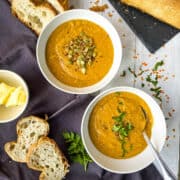

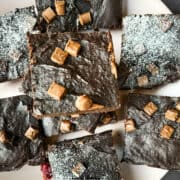
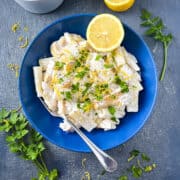
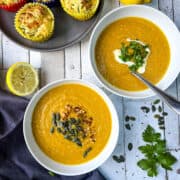

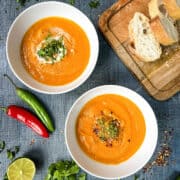
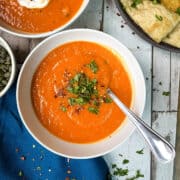
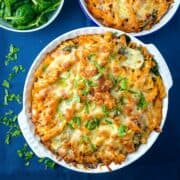
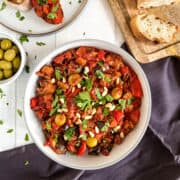
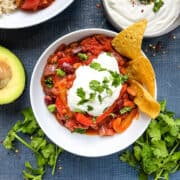
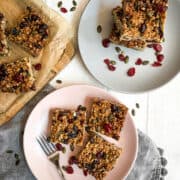
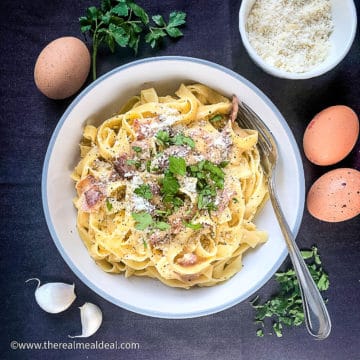
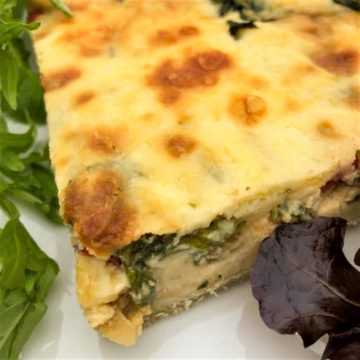
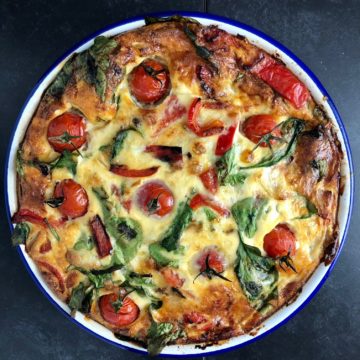
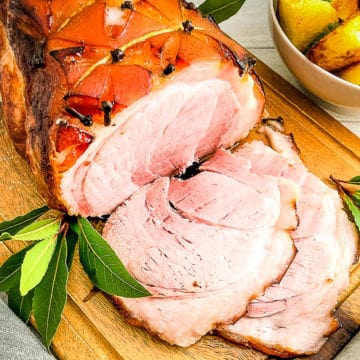
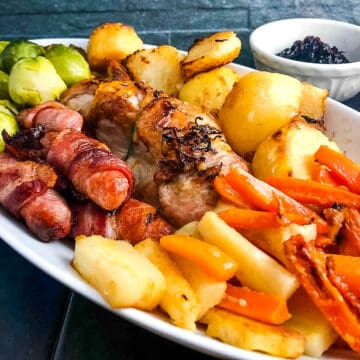
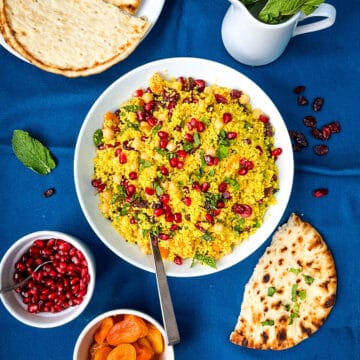
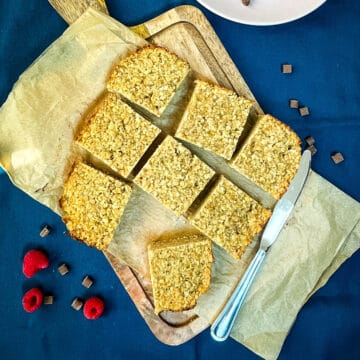
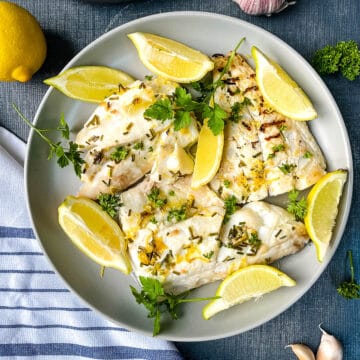
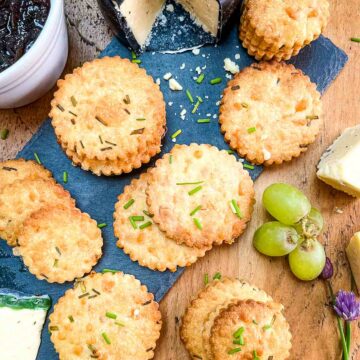
Marie Hill
Gammon really tasty , and plenty of ideas for leftovers .
REALMEALDEAL
Thanks. Glad you like the leftover ideas too